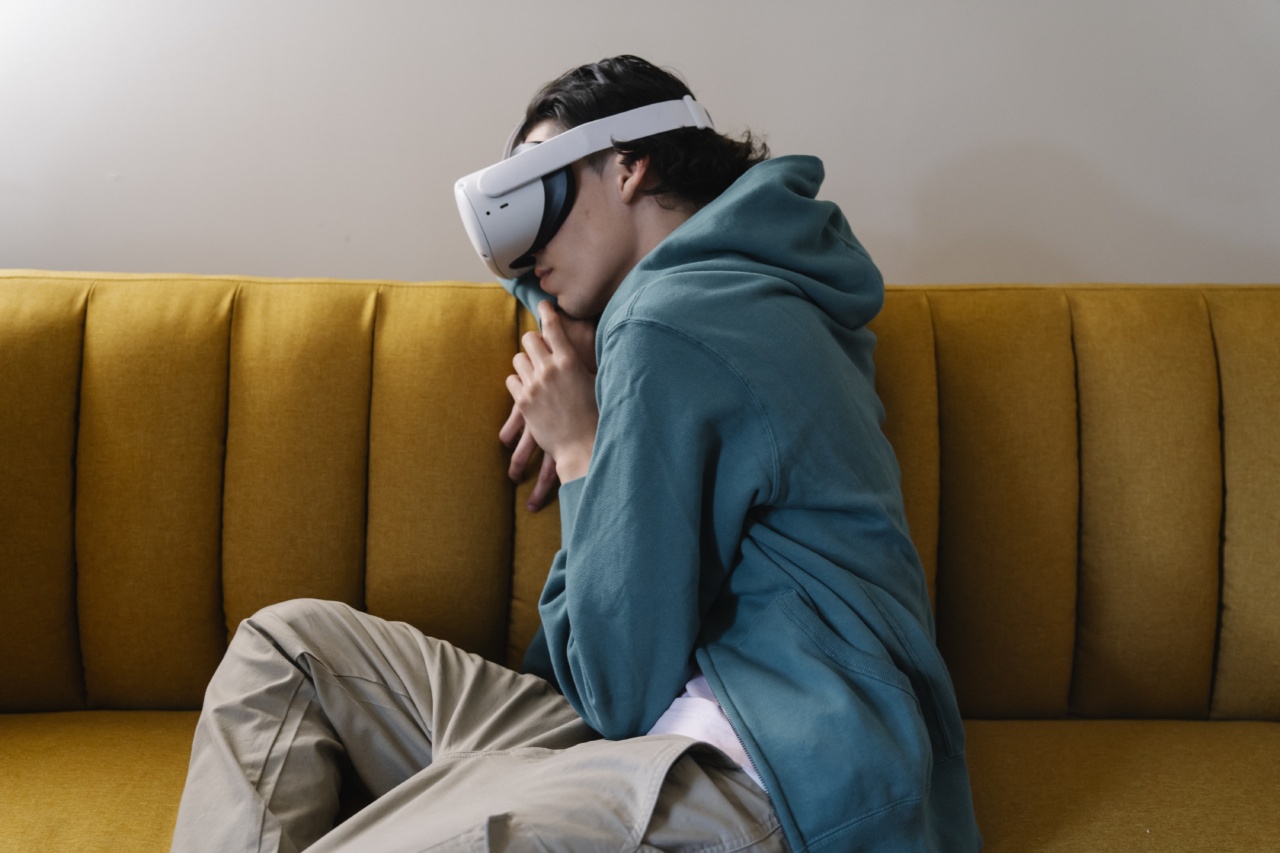Sleep paralysis is a phenomenon that leaves individuals trapped in a state between waking up and being fully asleep. It is a terrifying experience characterized by the inability to move while being aware of one’s surroundings.
This haunting condition has been experienced by people across cultures and throughout history, often associated with supernatural entities and intense fear. Understanding the causes, symptoms, and potential treatments for sleep paralysis can help shed light on this enigmatic and disturbing phenomenon.
The Physiology of Sleep Paralysis
During normal REM (rapid eye movement) sleep, our body enters a state of temporary paralysis, which prevents us from physically acting out our dreams.
Sleep paralysis occurs when this paralysis persists even as we regain consciousness or enter a state of partial wakefulness. This can happen when our sleep cycles are disrupted or when we transition between different stages of sleep.
Scientists believe that during sleep paralysis, the brain fails to coordinate the proper sequence of events that occur during the transition from sleep to wakefulness.
Our mind wakes up, but our body remains locked in a state of sleep-induced paralysis, creating a feeling of helplessness and anxiety.
The Symptoms of Sleep Paralysis
Sleep paralysis is often accompanied by vivid hallucinations and a sense of impending doom. Individuals may experience a heavy weight on their chest or feel as though they are being suffocated.
These hallucinations can be visual, auditory, or tactile in nature, creating a nightmarish scenario for those affected.
While the specific experiences vary for each individual, common hallucinations during sleep paralysis include the sensation of a presence in the room, often described as a malevolent entity.
These entities may take the form of ghosts, demons, or shadowy figures, adding to the fear and distress experienced during episodes of sleep paralysis.
The link between Sleep Paralysis and Sleep Disorders
Sleep paralysis is frequently associated with other sleep disorders, such as narcolepsy and sleep apnea. Narcolepsy is a neurological condition characterized by excessive daytime sleepiness and sudden, uncontrollable episodes of falling asleep.
During these episodes, individuals with narcolepsy can experience sleep paralysis. Sleep apnea, on the other hand, involves interrupted breathing during sleep, which can disrupt sleep cycles and increase the likelihood of experiencing sleep paralysis.
Many individuals who suffer from insomnia or disrupted sleep patterns are also more prone to experiencing sleep paralysis. Stress, anxiety, and irregular sleep schedules can all contribute to the occurrence of sleep paralysis episodes.
Cultural Interpretations of Sleep Paralysis
Sleep paralysis has been part of human experience since ancient times, with various cultures attributing different meanings and explanations to the phenomenon. In many cultures, sleep paralysis is associated with supernatural beings and entities.
The “Old Hag” or “Nightmare” folklore, for example, describes a malevolent spirit that sits on a person’s chest, causing paralysis and inducing fear.
Similarly, in East Asian cultures, sleep paralysis is often linked to ghostly encounters or the presence of malevolent spirits.
These cultural interpretations reflect the universal fear and unease associated with sleep paralysis and the hallucinations that accompany it.
The Psychological Impact of Sleep Paralysis
Living with sleep paralysis can have a significant psychological impact on individuals. The intense fear experienced during episodes can lead to anxiety and even the development of phobias surrounding sleep.
The disrupted sleep patterns can also contribute to daytime fatigue and impaired mental functioning.
Individuals who regularly experience sleep paralysis may find themselves constantly anxious about falling asleep, leading to a perpetuating cycle of sleep deprivation and heightened stress levels.
Seeking professional help and support from healthcare providers who specialize in sleep disorders can be crucial in managing the psychological impact of sleep paralysis.
Treatments and Coping Strategies
While there is no definitive cure for sleep paralysis, various strategies can help individuals manage and cope with this haunting experience:.
1. Establish a regular sleep schedule: Maintaining a consistent sleep routine can help regulate sleep patterns and reduce the likelihood of sleep paralysis episodes.
2. Create a peaceful sleep environment: Make your bedroom calm and relaxing, promoting deep and uninterrupted sleep.
3. Manage stress and anxiety: Techniques such as meditation, deep breathing exercises, or therapy can help reduce anxiety levels and improve sleep quality.
4. Improve sleep hygiene: Adopting healthy sleep habits, such as avoiding caffeine and electronic devices before bedtime, can enhance your overall sleep quality and reduce the frequency of sleep paralysis.
5. Consult a sleep specialist: If sleep paralysis episodes persist and significantly impact your quality of life, seeking professional guidance from a sleep specialist can provide valuable insights and potential treatment options.
Conclusion
Sleep paralysis is a haunting experience that bridges the gap between sleep and wakefulness, leaving individuals trapped in a state of temporary paralysis. It is a condition marked by vivid hallucinations, deep-seated fear, and a sense of helplessness.
While the exact causes and mechanisms of sleep paralysis remain a subject of ongoing research, understanding its physiological and psychological aspects can empower those who experience it. By implementing coping strategies and seeking professional help, individuals can mitigate the impact of sleep paralysis and reclaim a restful night’s sleep.































